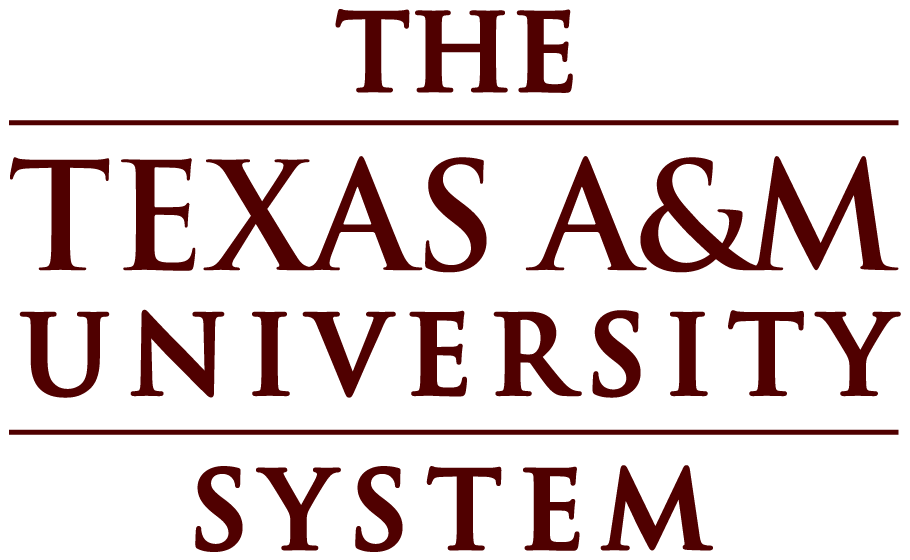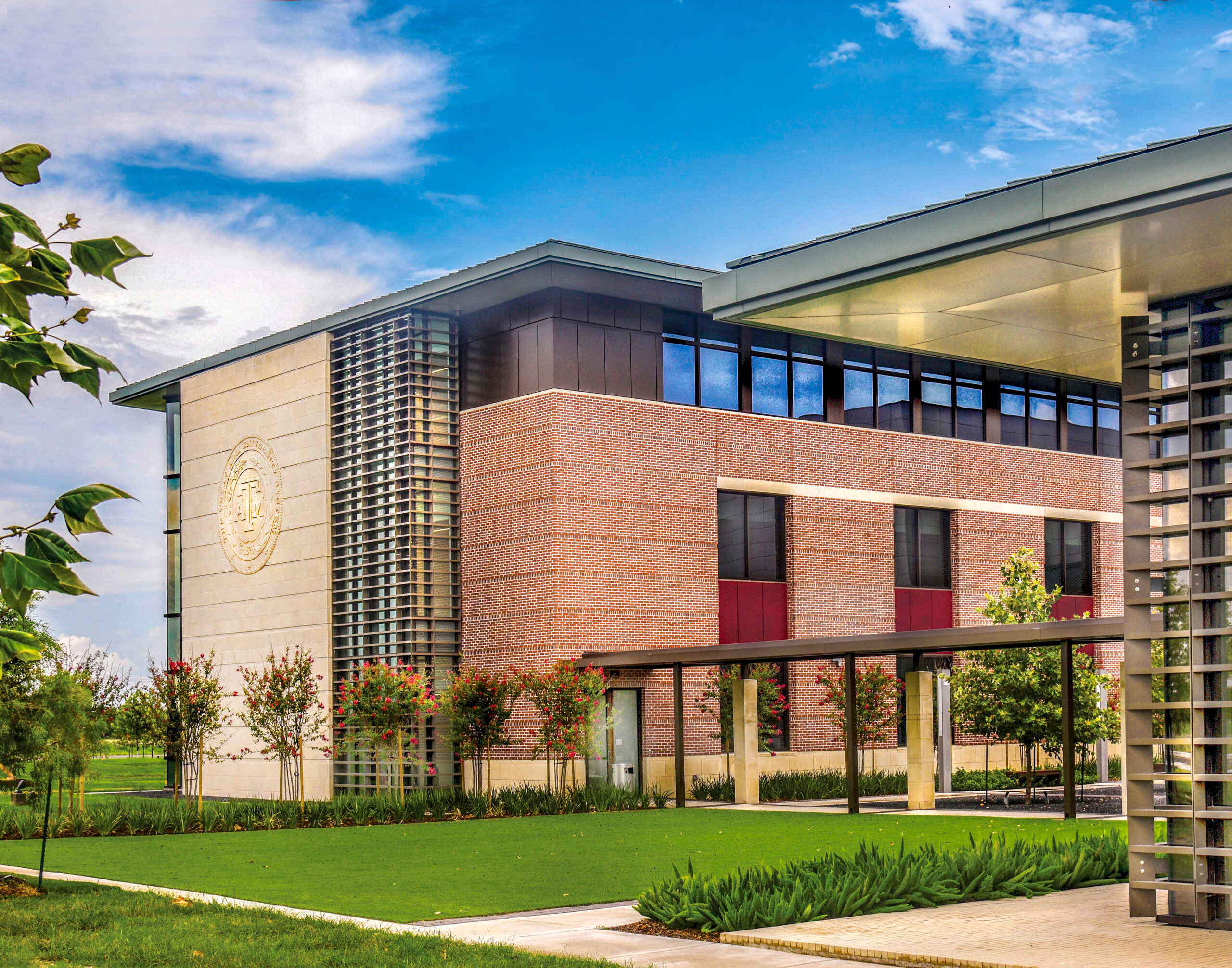
Center for Infrastructure Renewal Celebrates 5th Anniversary
Center for Infrastructure Renewal
Center for Infrastructure Renewal celebrates fifth anniversary Read more
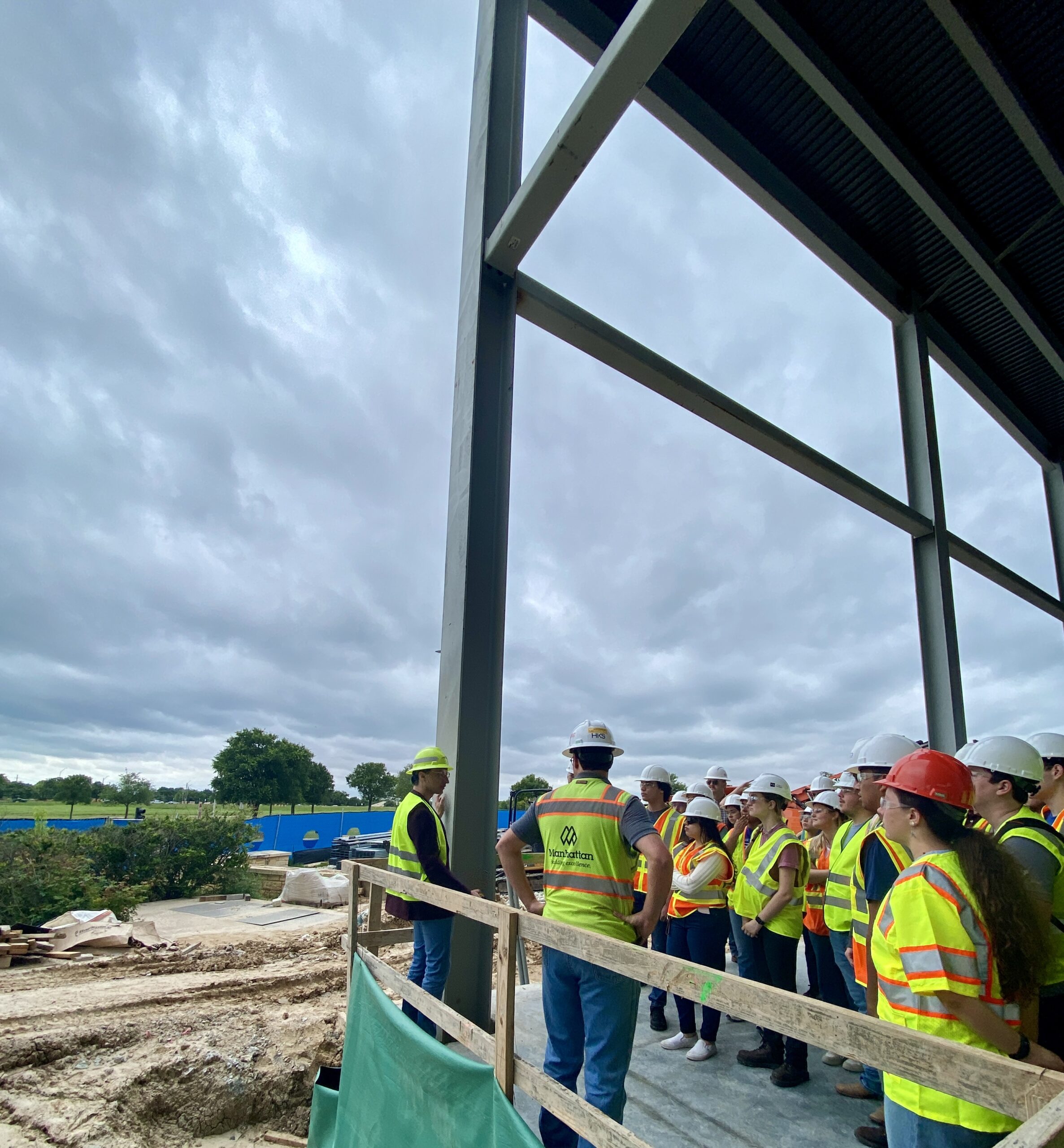
Assistant Professor Dr. Kinsey Skillen tours the new George H.W. Bush Pavilion with Design Class
Center for Infrastructure Renewal
Dr. Kinsey Skillen, Assistant Professor with the Zachary Department of Civil Engineering and faculty researcher at the Center For Infrastructure Renewal (CIR), provided a tour of the new building construction site at the George H.W. Bush Presidential Library and Museum.Read more
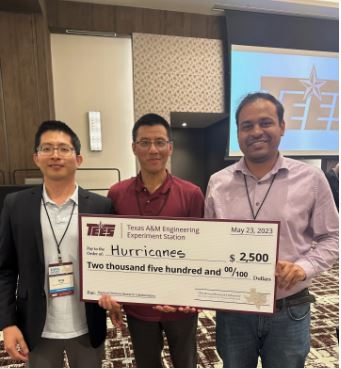
2023 TEES Annual Research Conference (TARC), “Elevated 3 Minute Pitch” Competition
Center for Infrastructure Renewal, TEES Research
Nripojyoti Biswas, Ph.D, with the #TAMUcir Center for Infrastructure Renewal was awarded a $2500 Award for a Hurricane project that will develop a risk monitoring tool for coastal communities in the Gulf of Mexico using a data-driven approach to increase resilience to catastrophic climate events andRead more
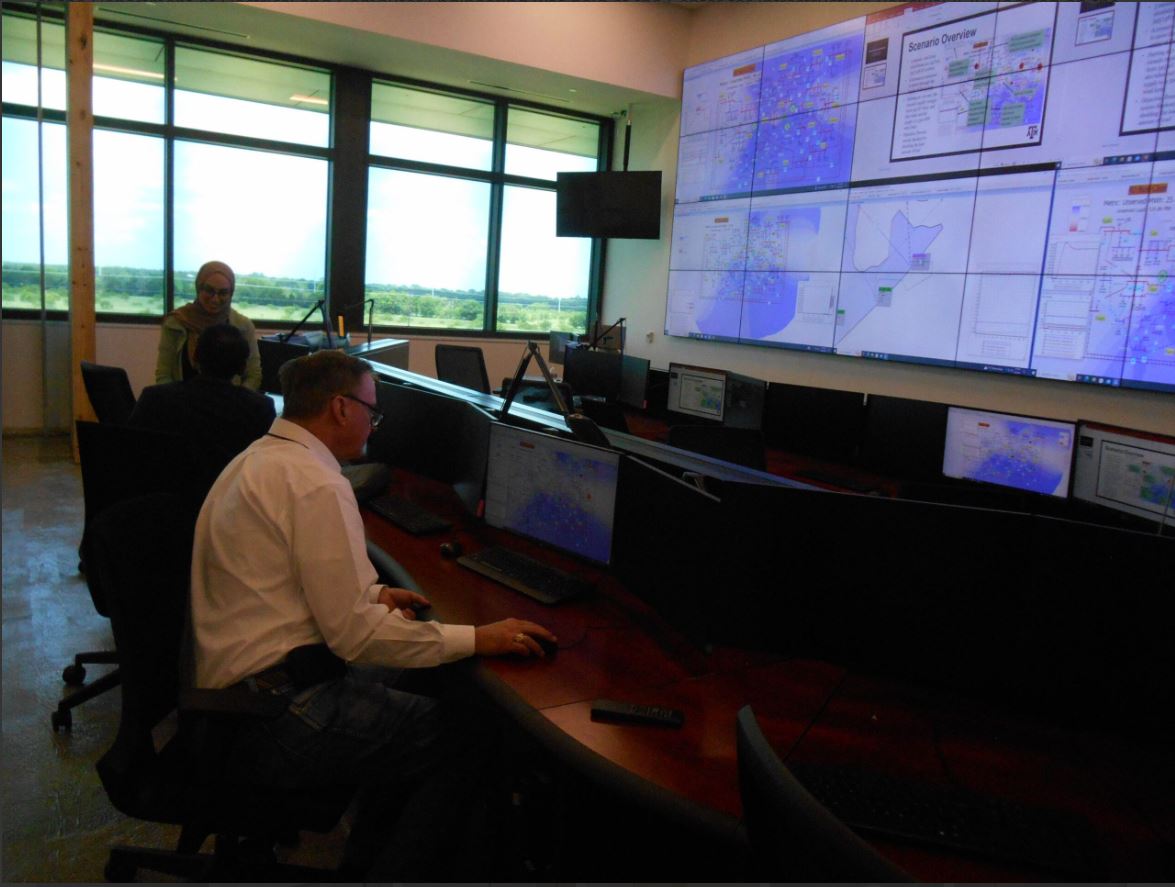
2023 Energy and Power Research Day
TEES Smart Grid Center, Center for Infrastructure Renewal
This year the Energy and Power Research Day sponsored by the TEES Smart Grid Center (SGC) and the Energy and Power Group of the Department of Electrical and Computer Engineering was held at the Center for Infrastructure Renewal (CIR) located on the TAMUS RELLIS Campus on April 28, 2023.Read more
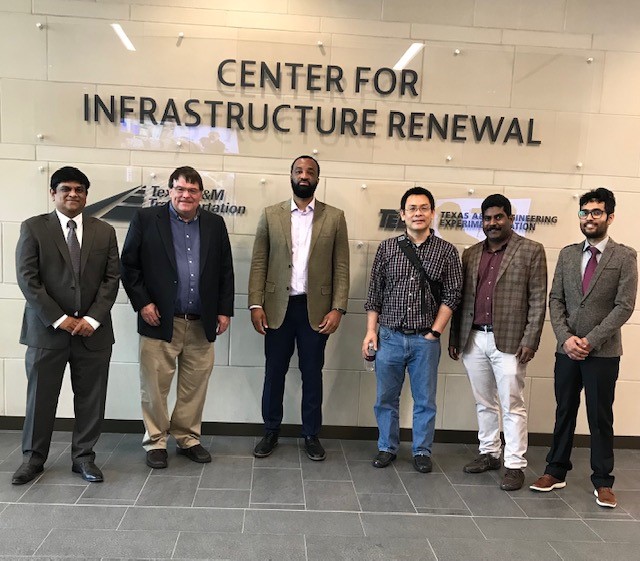
ERDC visits RELLIS Campus for future research initiatives with Texas A&M University
Center for Infrastructure Renewal, TEES Research Initiatives
Dr. David Horner, IT Lab Director and Mr. Quincy Alexander, IT Lab Division Chief with ERDC recently visited the RELLIS campus for discussions concerning cybersecurity, proposed robotics, remote sensing and UAV works in Civil Infrastructure fields. Read more
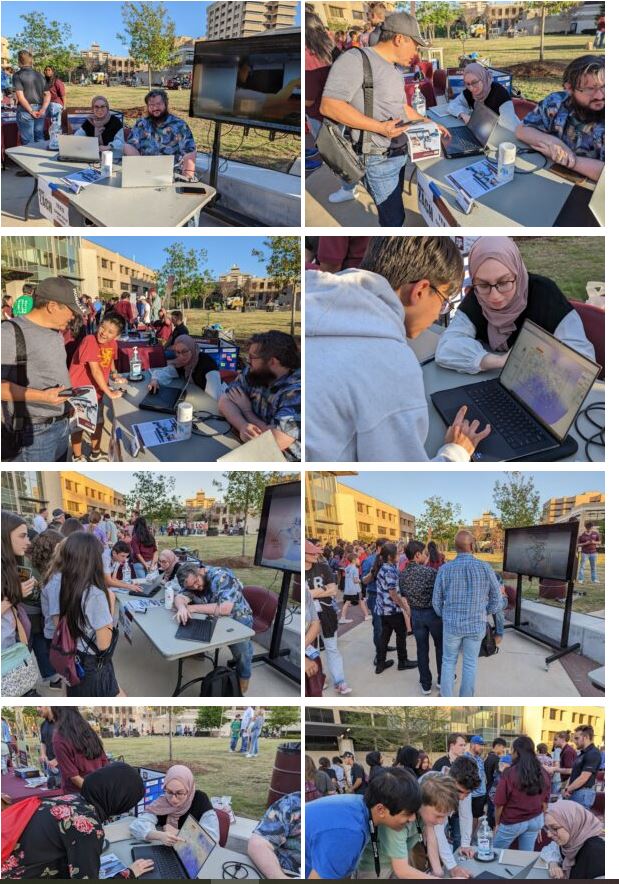
Exhibit During Night at the Zach, 3/24/2023
Smart Grid Center, Center for Infrastructure Renewal
Night at the Zach was a fun-filled evening of experiential learning to inspire young minds for pursuing STEM-related interestsRead more
